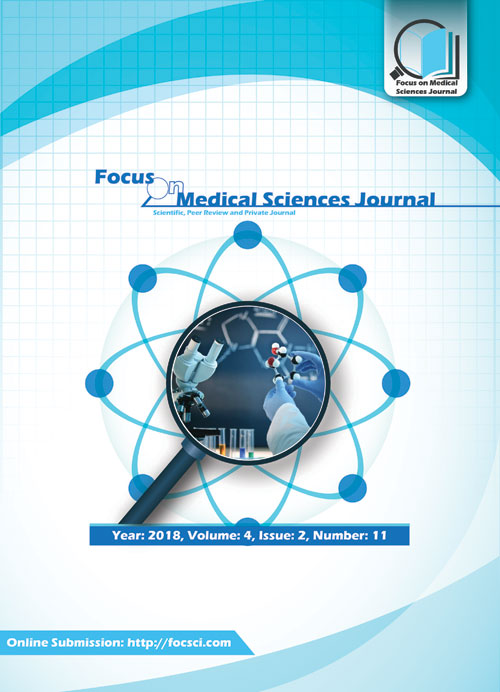Melatonergic Treatment: Focus on Metabolism and Chronobiology
Author(s):
Abstract:
Introduction
Melatonin is produced in various organs, but its preferentially nocturnal synthesis and release by the pineal gland is decisive for its chronobiological actions. The short half-life of circulating melatonin has been reason for developing synthetic melatonergic agonists. With regard to age- and disease-related dysfunction of the melatonergic system, treatment with melatonin or its synthetic analogs may be used for alleviating health problems with a respective etiology. This review addresses limitations arising from drug-specific metabolism and disregarded chronobiological rules.Metabolism: Differences are illustrated by comparing the metabolism of melatonin and two approved synthetic melatonergic agonists, ramelteon and agomelatine. Apart from hydroxylation and dealkylation reactions, melatonin can be converted to methoxylated kynuramines, a route absent in the two synthetic drugs. An unsual property is present in the ramelteon metabolite M-II, which still displays melatonergic activity, but attains 30 to100 times higher levels than the parent compound. Two double hydroxylated agomelatine metabolites may be involved in sometimes occurring hepatotoxicity.
Chronobiology of Melatonergic Drugs: Sleep latency facilitation and readjustment of circadian rhythms require only short actions. Circadian entrainment must consider the phase response curve and requires repetitive well-timed administration. Findings in nocturnally active rodents cannot be generally translated to humans, especially not regarding sleep and, perhaps, not in insulin resistance.
Conclusions
Melatonin and synthetic analogs can be suitable for treating sleep-onset difficulties, circadian rhythm sleep disorders and subtypes of depression with an etiology of circadian dysfunction. Applications in the field of metabolic syndrome and insulin resistance have to be seen with caution.Keywords:
Language:
English
Published:
Focus on Science, Volume:2 Issue: 1, Jan-Mar 2016
Page:
6
magiran.com/p1608363
دانلود و مطالعه متن این مقاله با یکی از روشهای زیر امکان پذیر است:
اشتراک شخصی
با عضویت و پرداخت آنلاین حق اشتراک یکساله به مبلغ 1,390,000ريال میتوانید 70 عنوان مطلب دانلود کنید!
اشتراک سازمانی
به کتابخانه دانشگاه یا محل کار خود پیشنهاد کنید تا اشتراک سازمانی این پایگاه را برای دسترسی نامحدود همه کاربران به متن مطالب تهیه نمایند!
توجه!
- حق عضویت دریافتی صرف حمایت از نشریات عضو و نگهداری، تکمیل و توسعه مگیران میشود.
- پرداخت حق اشتراک و دانلود مقالات اجازه بازنشر آن در سایر رسانههای چاپی و دیجیتال را به کاربر نمیدهد.
In order to view content subscription is required
Personal subscription
Subscribe magiran.com for 70 € euros via PayPal and download 70 articles during a year.
Organization subscription
Please contact us to subscribe your university or library for unlimited access!


